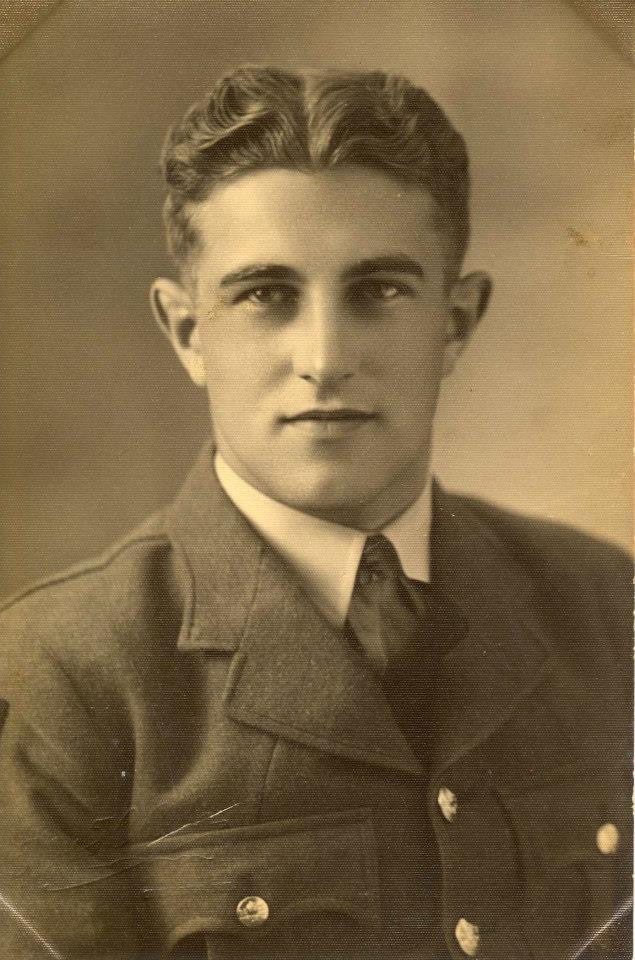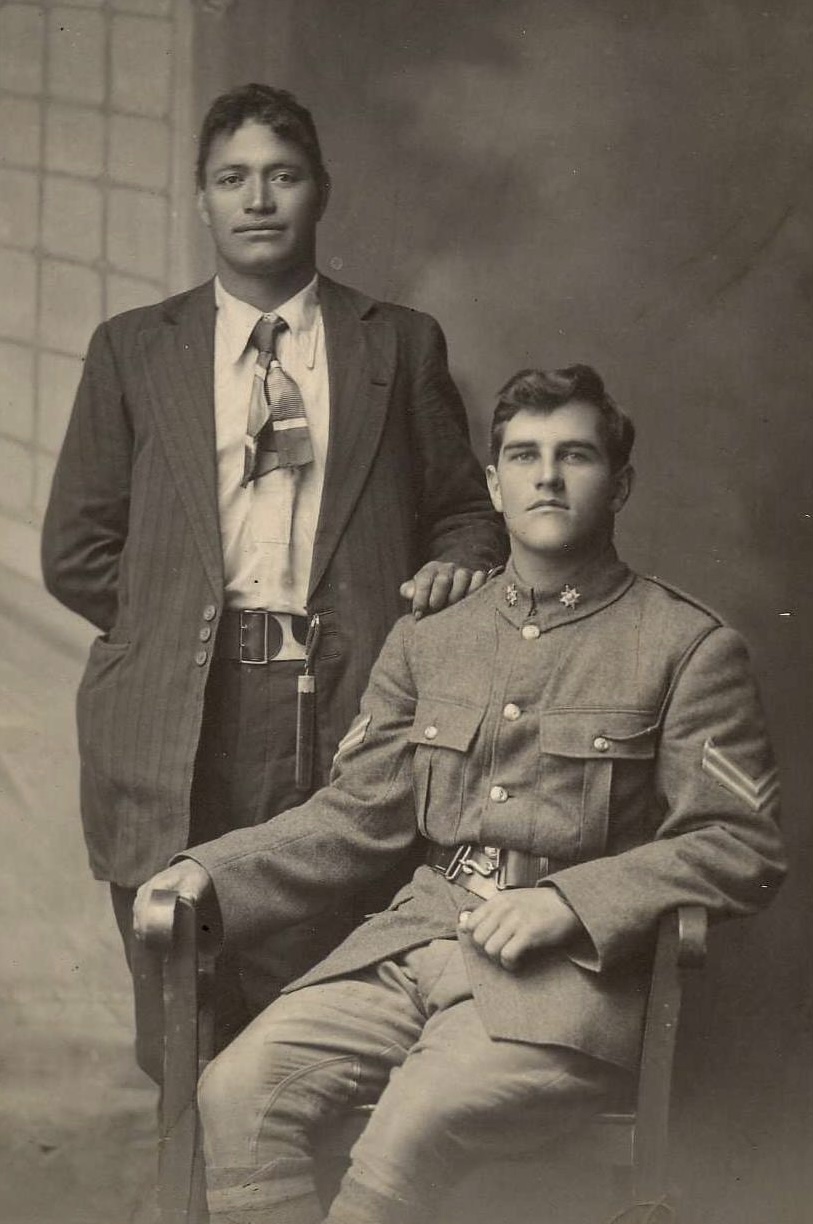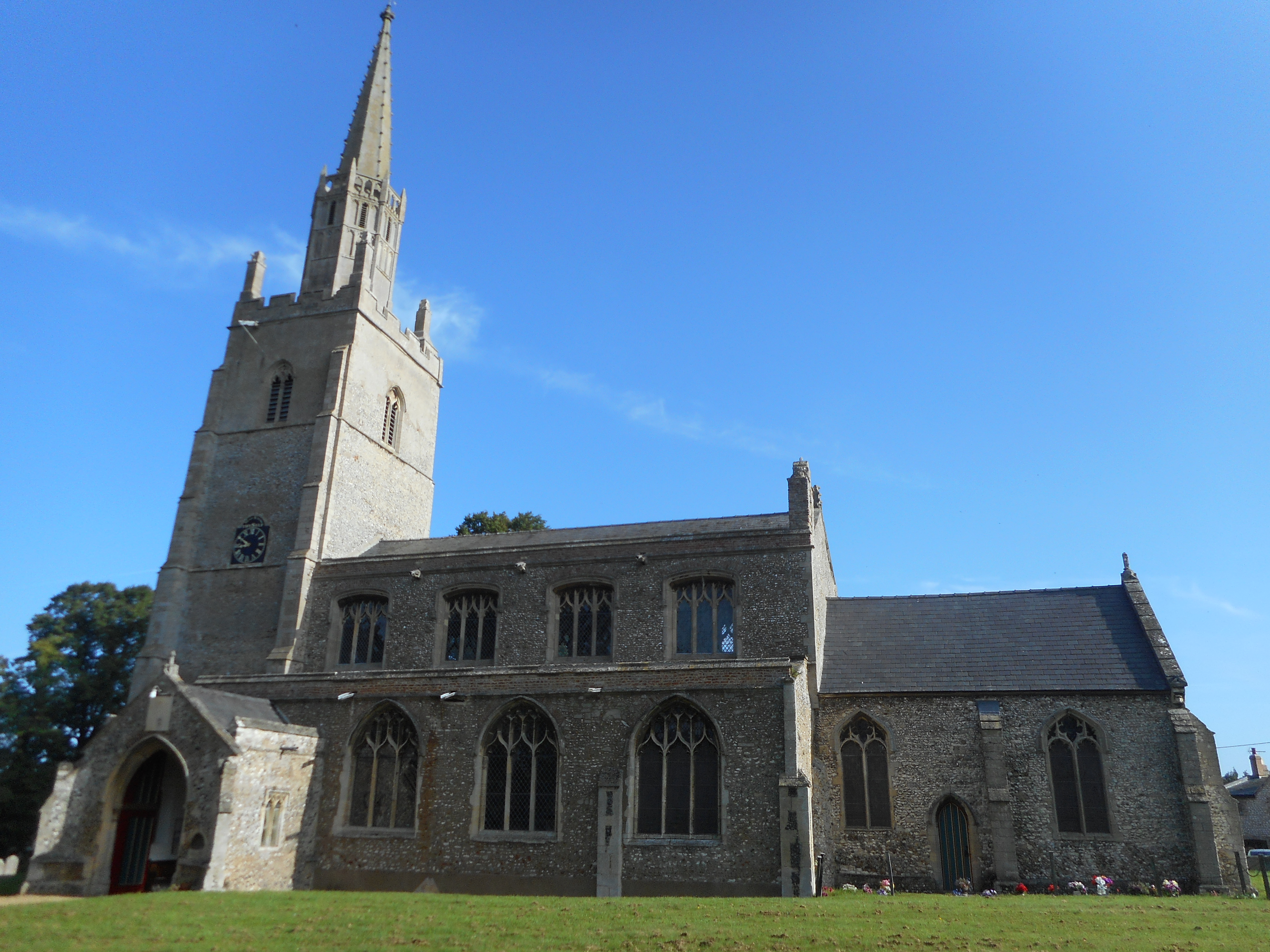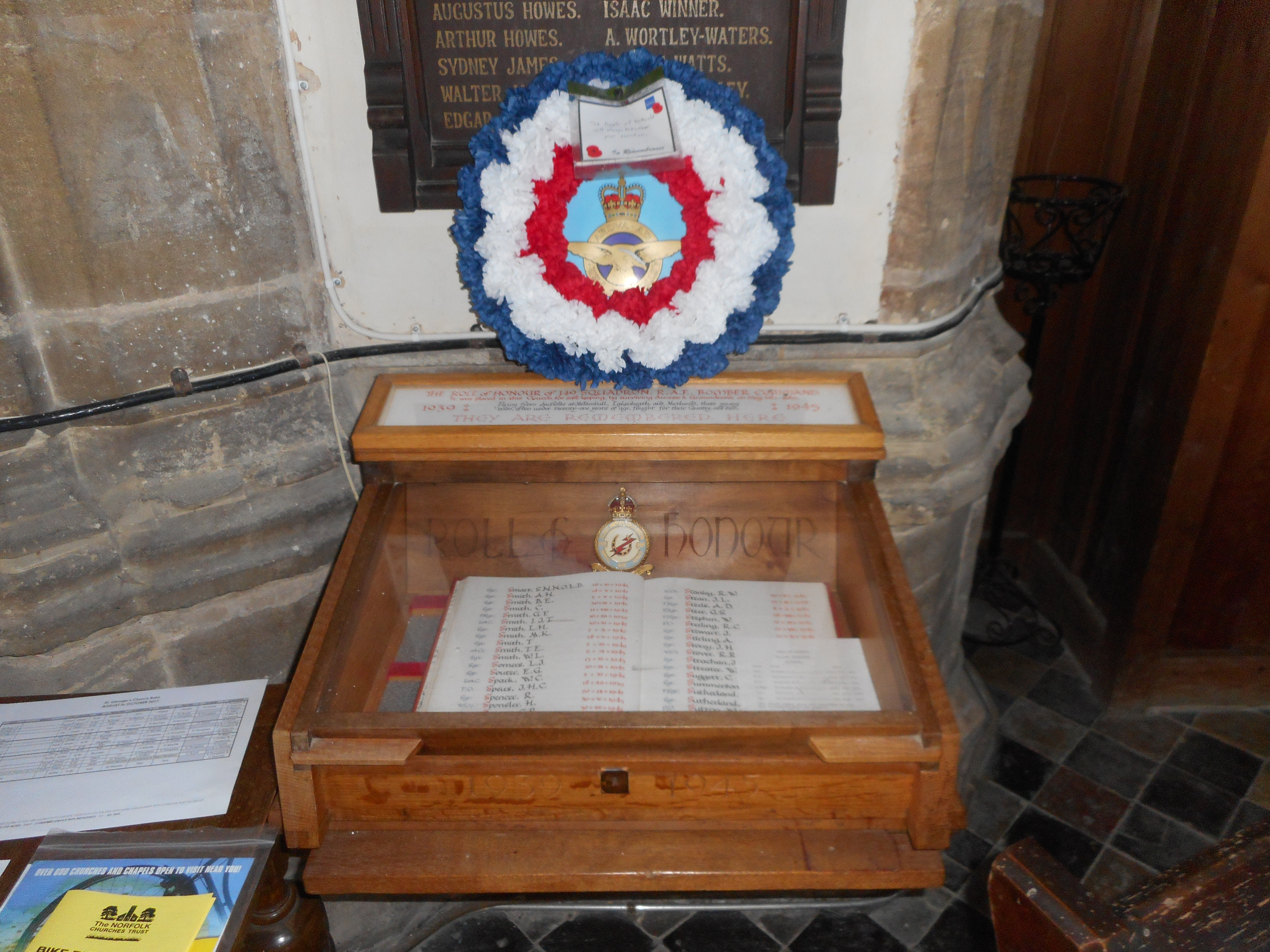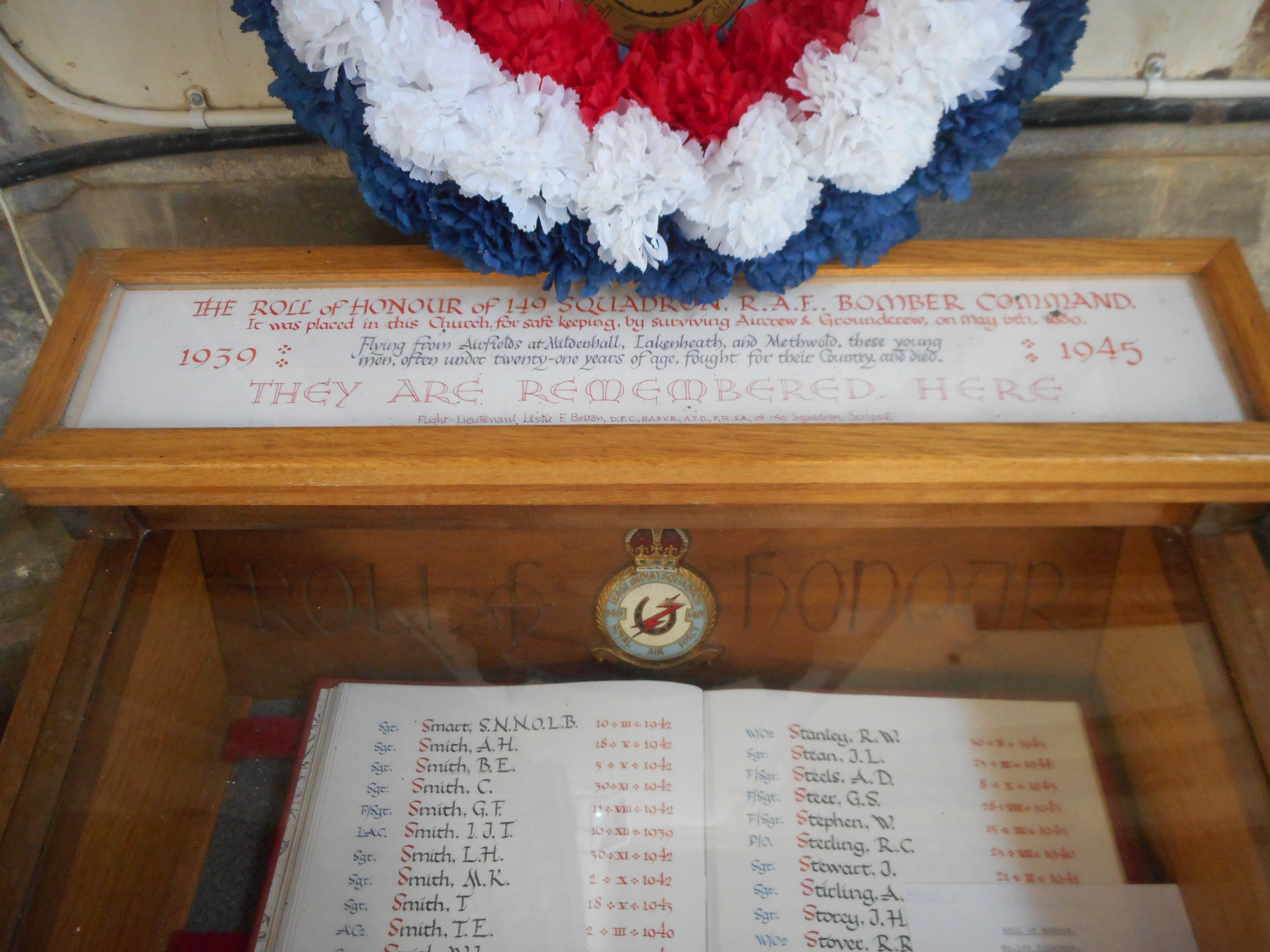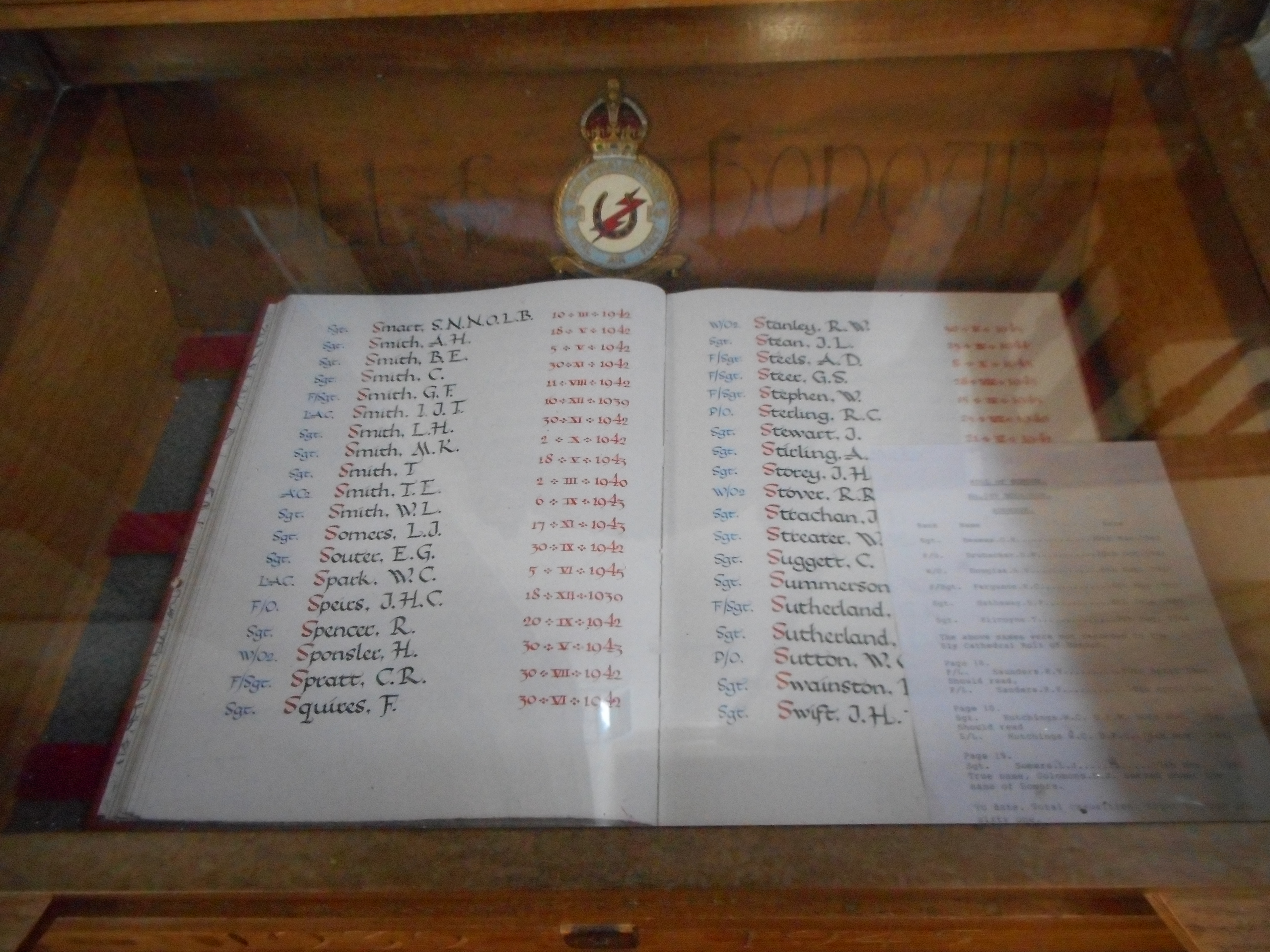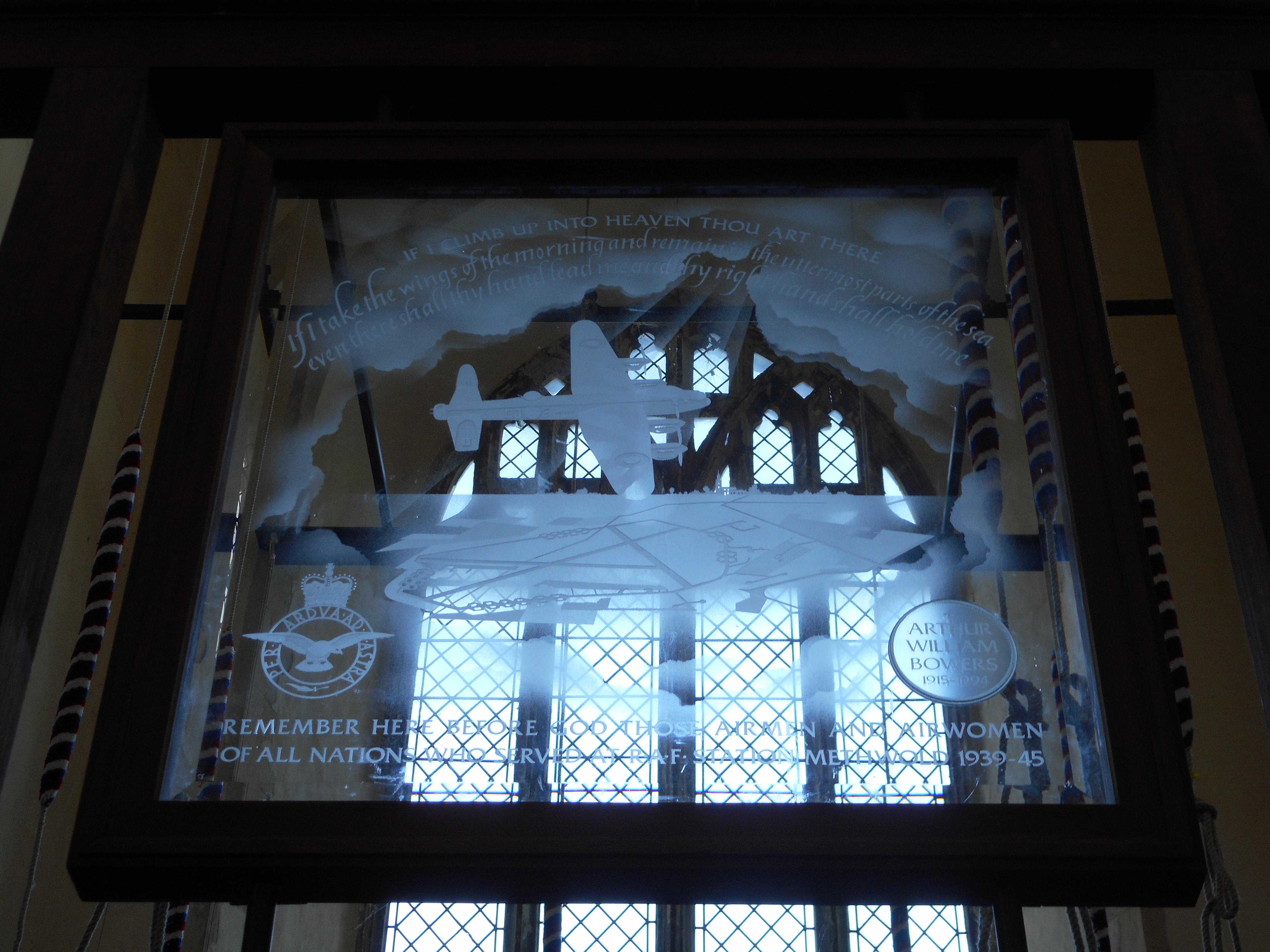| Known as Bruce. He had always wanted to be a pilot but as he'd left school at 12 to work on the family farm during the Great Depression he didn't have the necessary maths and physics to train as a pilot. In an attempt to be accepted, for months after working a full day on the farm he'd ride his horse five miles to the Headmaster's house for extra tuition. While he never was accepted for pilot training he did enlist as an air gunner in the Air Force and received his training in Canada, before being posted to England. Each ANZAC Day the remember Bruce 'the Uncle they never met but never forgot', because his four remaining siblings, talked about him throughout their lives and kept his memory alive. His death broke the hearts of his parents and profoundly affected the lives of his three little sisters (Maise, Bud and Jocelyn) and little brother (Roly) and their seventeen children who never had the chance to meet Uncle Bruce, but knew him through the stories they grew up hearing and his photo which took pride of place in each of their homes. |
| One of the photographs shows the greenstone pendant that Bruce was wearing when he was lost. The photo shows Roa Hira with Frank Mitchell Andrews, Bruce's father, who fought in the trenches of France during WWI. Roa is wearing a very old family taonga (treasure) made from pounamu (greenstone)- it can be seen hanging from his coat button hole. When Frank left for war in 1916, Roa lent it to him to protect him and 27 years later when Frank's eldest son, Clifford Bruce Andrews, was himself leaving to join the airforce during WW2, Roa again lent his families taonga to the Andrews family. Sadly Bruce was wearing the pounamu when his aircraft was shot down over the North Sea in September 1943. |
| The week Bruce went missing, Bruce's father, who struggled with his own demons after his WWI experiences, was found crying in the cowshed following a frighteningly vivid dream about Bruce, and was convinced something terrible had happened to him. Eventually, Franks worst fears were confirmed when they saw the Onewhero Postmaster peddling his bike slowly down the farm driveway- he was hand delivering the dreaded telegram with the news Bruce was listed as ‘missing in action’. With war time petrol rationing mail wasn’t delivered in rural areas; instead the local children would stop at the post office on their horses on their way home from school and deliver the mail to the neighbours along their route home, unless the mail contained a telegram from the war office, in which case the the postmaster would slowly ride his bike up hill and down dale, along the rutted gravel country roads to personally bring the family the news. If ever the post master was spotted riding his bike, the whole community collectively held their breath, wondering where he was headed with a dreaded telegram bringing news that some local father, son, brother or friend was hurt, missing or killed. The local kids would follow him at a distance and then once they'd worked out who's farm he was headed for, they'd ride for home quick smart to tell their parents so that baking and meals could be made, the horses hiched up, and the community would rally around with practical offers of support for the grieving family. |
